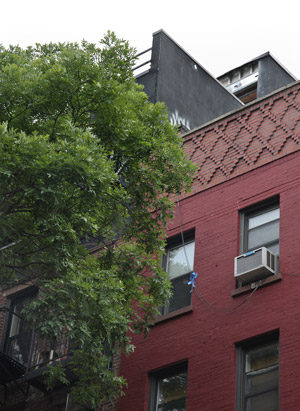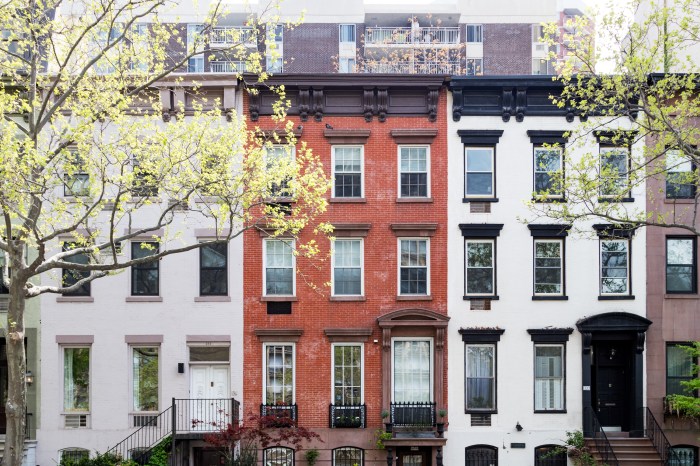V TALKING POINT
Testimony of state Senator Brad Hoylman before the New York City Rent Guidelines Board on proposed rent hikes, June 13, 2013:
Thank you, Chair Kimmel and the rest of the board for the opportunity to present testimony regarding the proposed rent guidelines. I represent New York State’s 27th Senate District, which includes the neighborhoods of Clinton/Hell’s Kitchen, Chelsea and Greenwich Village and parts of the Upper West Side, Midtown, East Midtown, the East Village and the Lower East Side. This mixed-income district is composed largely of tenants, thousands of them rent-stabilized or rent-controlled, in countless small rental buildings, as well as iconic rental complexes, including Stuyvesant Town-Peter Cooper Village, London Terrace Gardens, Westbeth and Phipps Plaza. As such, these proposed rent guidelines are crucial to my district.
Given the continuing toll the recent economic recession has taken on average New Yorkers and the steady rent increases the Rent Guidelines Board has annually approved, I am dismayed that the R.G.B. is even considering rent increases of up to 6.25 percent for one-year lease renewals and up to 9.5 percent for two-year lease renewals for rent-stabilized apartments.
The statistics show that the median income of rent-controlled households was only $29,000 in 2010, while the median income of households in rent-stabilized units as a whole was only $37,000. Moreover, housing costs constitute a huge percentage of these tenants’ income. The R.G.B.’s own 2013 Income and Affordability Study found that one-third of renter households in the city (33.6 percent) paid 50 percent or more of their household income for gross rent in 2011, the highest ratio in the history of the study.
The R.G.B. has historically justified annual rent increases by citing its Price Index of Operating Costs (Price Index). This year’s Price Index found that operating costs for rent-stabilized buildings increase slightly by 5.9 percent in 2012 — up from 2.8 percent in 2011. However, the Price Index measures changes in the cost of items landlords typically purchase to run their buildings, rather than actual expenditures, and it contains no information about the income landlords collect from tenants.
A more meaningful R.G.B. report is the Income and Expense Study. It shows landlords’ income after all operating and maintenance expenses are paid — the Net Operating Income (N.O.I.), which the R.G.B. notes is “the surrogate measure for profit.” The R.G.B.’s 2013 Income and Expense Study shows that landlords’ operating costs from 2010 to 2011 increased by only 4.1 percent while Net Operating Income (N.O.I.) increased by 5.6 percent. This is the seventh consecutive year that N.O.I. has increased. The discrepancy exposes the degree to which the system is skewed against tenants and shows a fundamental anti-tenant bias. Tenants have been forced to support the constant demand for an increased profit margin, including through the “great recession” when many other industries saw their margins shrink.
Year after year the R.G.B.’s own statistics do not support the landlords’ primary argument that increased rents are necessary to meet increased operating costs. An honest assessment of the real numbers shows not only that landlords can afford — and will still profit from — rents remaining constant, but also that most regulated tenants cannot afford any rent increases. Any approved rent increases by the R.G.B. would only increase landlord profits and further chip away at New York City’s affordable housing stock, which lost more than 2,539 units in 2012, and more than 105,242 units since 1994. The citywide vacancy rate remains at 3.12 percent, legally constituting a housing emergency, while 11.5 percent of all rental housing was considered overcrowded as of 2011.
Therefore, I urge the R.G.B. to impose a freeze on rents for all rent-regulated apartments, as well as for lofts, hotels, rooming houses, single-room-occupancy buildings and lodging houses.
Thank you for the opportunity to testify before you today.


















